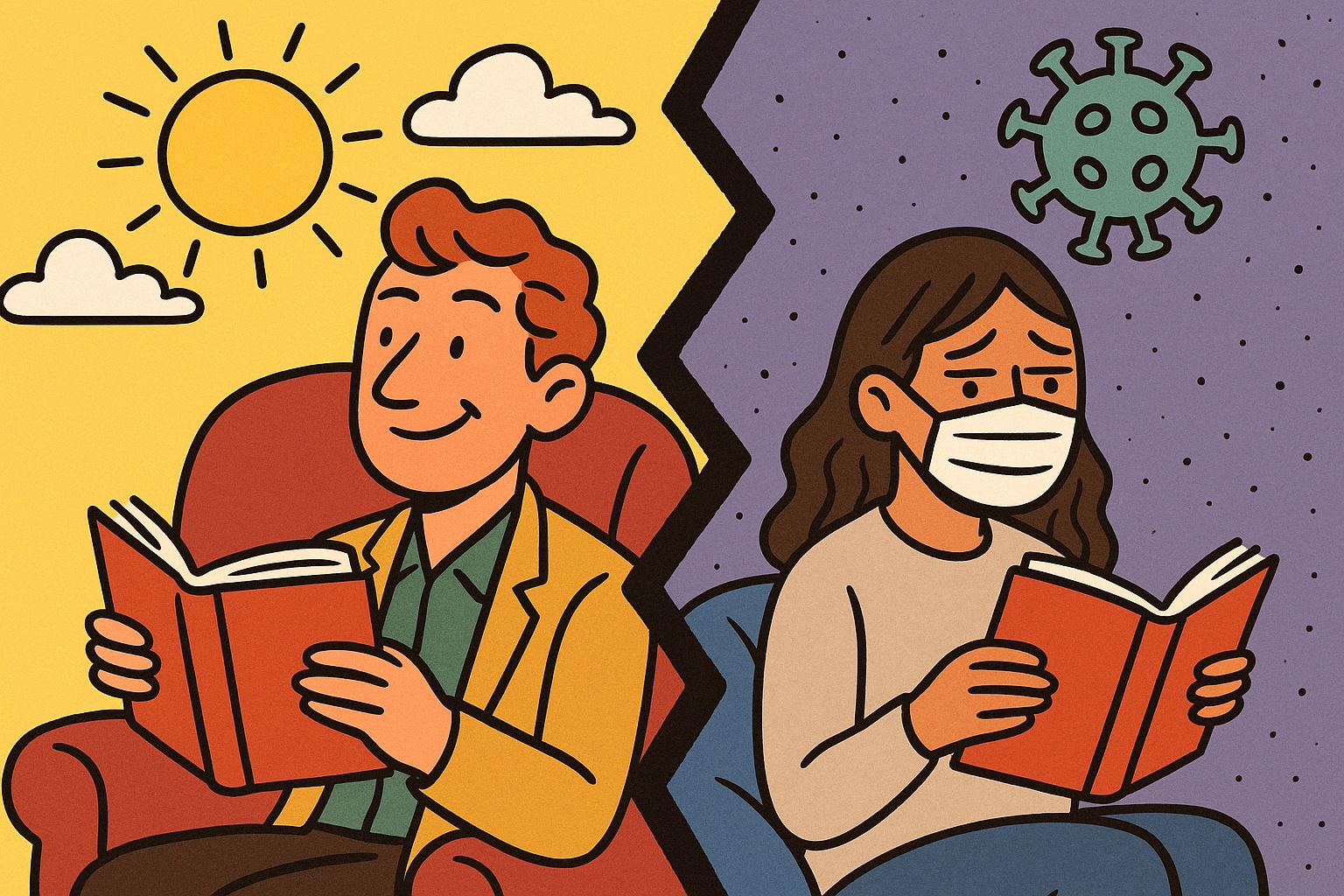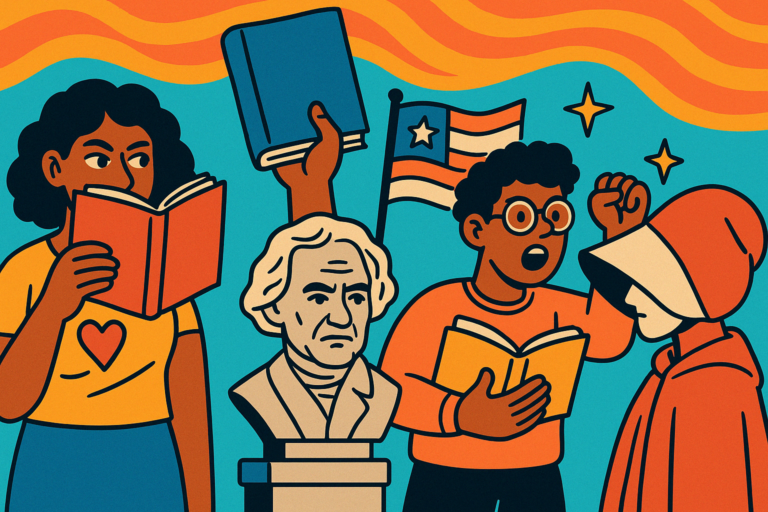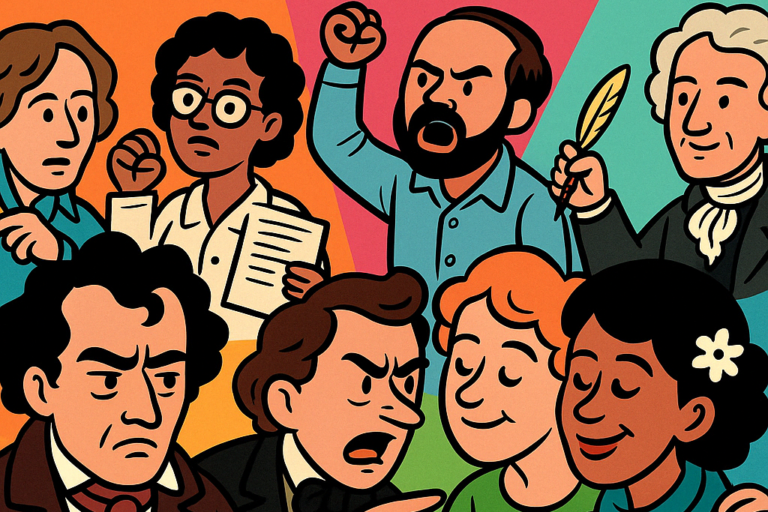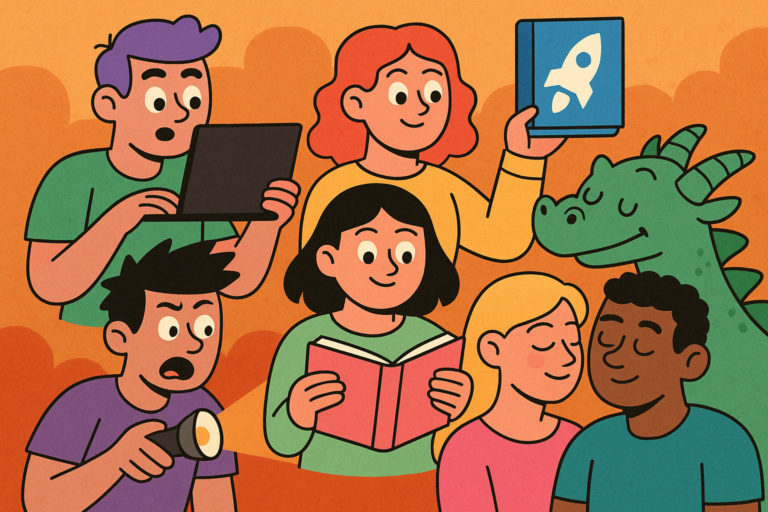Fiction in Post-Pandemic World vs Pre-Pandemic World

Fiction has always been a kind of cultural mirror, right?
It reflects our fears, our fantasies, our politics… even our blind spots. But after 2020, that mirror cracked a little.
I started noticing how the stories we tell (and how we tell them) began shifting in really interesting ways. The pandemic didn’t just mess with our lives; it rewired our narrative expectations. And it turns out, this shift isn’t just a phase—it’s structural.
In this piece, I’m diving into how fiction has evolved from the pre-pandemic world into the one we’re in now.
Not just in themes, but in tone, form, character logic, even pacing. You’re the experts—you know the field—but my goal is to throw a few curveballs, bring in fresh examples, and maybe help reframe what you already suspect: that we’re not just in a post-pandemic world, we’re also in a post-pandemic storytelling ecosystem.
The Pre-Pandemic Fictional Landscape
Before the pandemic hit, fiction—especially popular and literary fiction—operated with a kind of narrative muscle memory. We had structural habits, thematic defaults, even emotional expectations that authors and readers implicitly agreed upon. Stories “made sense” in a way that felt almost comforting.
Hero’s Journey
Take the classic hero’s journey, for example.
Whether it was Frodo, Katniss, or even Rachel from The Girl on the Train, there was usually a clear arc. A problem, a rising action, some form of climax, and then resolution—maybe bittersweet, but resolution nonetheless. This structure wasn’t just about tradition; it was aesthetic safety.
You knew the rules, even if the setting was dystopian or magical. The story might push you emotionally, but it resolved, often reaffirming some kind of order.
Escapism
Pre-pandemic fiction also leaned hard into escapism, even when dealing with dark subject matter. Think about the wave of domestic thrillers—Gone Girl, The Woman in the Window, Big Little Lies—which played with dread and mistrust but stayed largely confined to middle-class, interior lives.
They were thrilling, yes, but rarely chaotic. The world in those books might be morally messy, but the narrative itself stayed under control.
Genre Predictability
And then there’s the genre predictability. In pre-pandemic speculative fiction, dystopias were metaphorical or exaggerated—The Hunger Games, Divergent, The Maze Runner—all high-concept, but still distant.
They felt like allegories, not forecasts. Readers didn’t necessarily believe these worlds were just around the corner. They were symbolic stand-ins for societal critique—not lived experiences.
More “composed” emotional subtlety
Meanwhile, literary fiction before 2020 often leaned into emotional subtlety but rarely confronted existential breakdown.
There was a trend toward the “quiet novel”—introspective, character-driven works like Olive Kitteridge or A Visit from the Goon Squad.
These books were smart, slow burns. But again, there was an underlying sense of narrative control—the author as a god-like architect, not as a confused observer.
What’s fascinating is that even the apocalyptic fiction of the time—say, Station Eleven by Emily St. John Mandel—carried a kind of romanticism.
Yes, it was about collapse, but also about survival, beauty, memory, and art. The pandemic in that novel wiped out 99% of humanity, and yet somehow it didn’t feel traumatizing in the same way actual lived pandemic experiences did. It was lyrical, elegiac, composed.
And that’s the keyword: composed.
Pre-pandemic fiction—even when it explored disorder—was narratively ordered. It was fiction with guardrails.
But here’s where things start to shift.
Post-2020, readers don’t just tolerate disorder—they expect it. Closure feels dishonest. Characters who adapt too neatly or stories that wrap up too tightly feel out of touch. There’s a growing preference for the fragmented, the unresolved, the emotionally raw.
And honestly, I think that shift was inevitable. We can’t go through a collective trauma that fractures our sense of time, community, and truth—and still want stories that pretend everything fits neatly into three acts.
So if the pre-pandemic landscape was all about structure, agency, and metaphorical danger, the post-pandemic landscape?
That’s something way more fractured—and way more interesting.
Post-Pandemic Fictional Trends
Let’s get into the meaty part: what actually changed in fiction after 2020?
Here’s what I found after digging through post-pandemic releases, reader reviews, interviews, and way too many book forums.
The changes aren’t just cosmetic—they’re structural, tonal, even philosophical. And what’s wild is that they’re not confined to one genre. We’re seeing ripple effects across literary fiction, speculative, romance, thrillers—you name it.
Let’s break it down.
Disrupted Narratives
1. Fragmented timelines, nonlinear structures
A lot of post-2020 fiction seems allergic to clean chronology. And honestly, it makes sense. Living through a pandemic shattered our sense of time—weeks bled into each other, memory blurred, routines collapsed. So naturally, fiction responded by embracing disorientation.
Example? No One Is Talking About This by Patricia Lockwood (2021). It starts off fragmented and borderline absurdist—like flipping through an internet feed—then shifts drastically halfway into grief and reality. The disjointed form is the story.
Similarly, Brandon Taylor’s The Late Americans (2023) plays with a loose structure, almost like interconnected short stories masquerading as a novel. It doesn’t tie things up neatly, and that’s the point.
2. Emphasis on uncertainty and unresolved endings
We’re seeing a growing trend of stories that just… don’t end in the traditional sense. Resolution feels dishonest in a world where certainty itself feels like a relic. This isn’t laziness; it’s intentional ambiguity.
Think Raven Leilani’s Luster (2020). It ends mid-breath, not with a catharsis but with a kind of unresolved emotional shrug. Or Megha Majumdar’s A Burning—which, while technically pre-pandemic (June 2020), rides that same emotional dissonance of unjust systems and unfulfilled arcs.
Increased Psychological Interiorization
1. Stream-of-consciousness returns in literary fiction
We’re seeing a mini-renaissance of stream-of-consciousness and internal monologue-heavy prose. It feels like writers are inviting us to sit inside the chaos rather than narrate it from a distance.
Ottessa Moshfegh’s Death in Her Hands (2020) is a great example—an unreliable narrator, spiraling thoughts, minimal external action. It’s claustrophobic, reflective, and weirdly timely.
2. Isolation, burnout, and mental health as central themes
Characters are lonelier, more confused, more emotionally paralyzed. Burnout isn’t just referenced—it’s baked into the plot. Think of Lily King’s Writers & Lovers (2020): the protagonist is grieving, broke, and barely functioning. Or Akwaeke Emezi’s You Made a Fool of Death with Your Beauty (2022), which weaves trauma and emotional numbness into what should be a romance novel.
This isn’t just mood—it’s a complete emotional recalibration of what character arcs even look like.
New Realism and Autofiction
1. Surge in fiction that blends memoir, reportage, and fiction
Autofiction isn’t new (thanks Knausgård), but it’s exploded post-2020. Why? Because the line between real and fictional suffering got really blurry. Audiences wanted honest mess, not polished arcs.
Rachel Cusk’s influence looms large, but new entries like Claire Dederer’s Monsters (2023) or even Ocean Vuong’s On Earth We’re Briefly Gorgeous (2019, but took off during the pandemic) reflect this blend of personal essay, poetic rumination, and narrative ambiguity.
2. Authors foregrounding their own pandemic experiences
There’s been a noticeable rise in stories that say: “Yes, this is fiction, but also… this happened to me.” Writers aren’t even pretending to hide anymore.
Ali Smith’s Seasonal Quartet (especially Summer and Companion Piece) directly tackles COVID, lockdowns, disconnection. It’s messy, raw, and deeply subjective.
Decentering of Heroism
1. Flawed, passive, or morally ambiguous protagonists
Remember when we rooted for characters who did things? Now we’re deeply invested in protagonists who… kind of flail.
This isn’t a bug—it’s a feature. We’re done with the “fixer” protagonist. We want people who are lost, like us.
Jenny Offill’s Weather (2020) has a main character who mostly observes the world unravel. Nothing “happens” in a plot sense, but emotionally? It’s a landslide.
2. Collectives over individuals
Post-pandemic fiction is also shifting away from the individualist arc. Instead, we’re seeing ensemble casts, networks of shared trauma, or intergenerational threads.
Ayad Akhtar’s Homeland Elegies reads like a personal narrative, but it’s about family, diaspora, and country. It resists the single-protagonist format.
Genre-Bending and Formal Experimentation
1. Mixed media narratives (text + emails + social feeds)
With screen life dominating lockdown, it’s no surprise that post-2020 fiction reflects digital chaos. Books are mimicking how we experience reality: through fragmented text chains, notifications, media scrolls.
Take Black Buck by Mateo Askaripour—part satire, part motivational manifesto, part traditional narrative. Or We All Want Impossible Things by Catherine Newman, which throws in jokes, rants, and notes that break the fourth wall entirely.
2. Microfiction and serialized fiction adapting to attention spans
Honestly, this feels like the TikTok-ification of prose, but in a good way. Serialized fiction platforms like Kindle Vella and Radish are booming. Even traditional novels are breaking into digestible, short chapters, sometimes written to be read on phones.
So yeah, the post-pandemic fiction scene is wilder, more honest, more fragmented—and kind of thrilling. It’s less about perfect arcs and more about emotional resonance. And maybe that’s exactly what we needed.
So, Where Are We Now?
So yeah—fiction’s been through it, just like we all have. It’s messier, more personal, more experimental. Some of it’s brilliant, some of it’s weird, and all of it feels way more alive than anything I remember reading a decade ago.
We’re still figuring it out. But honestly?
That’s kind of the point now.
The rules have changed—and for once, nobody seems in a rush to rewrite them.
If you’ve noticed any other shifts, let’s talk—I’d love to hear what you’re seeing in your own reading or writing trenches.





